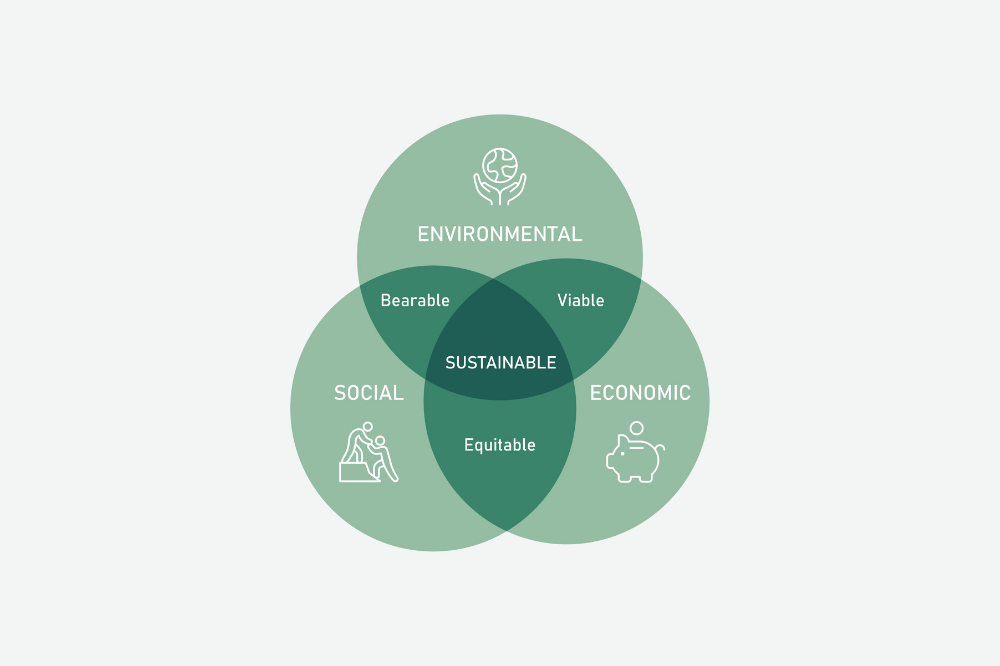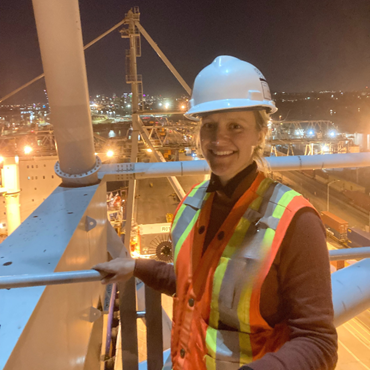Let’s find your next opportunity
AI Assistant: {{ chat.assistant.message }}
Suggested roles matches
Sort By
{{ job.job_posting_title }}
{{ job.is_cms_job ? (job.cities.split(';').length > 1 ? 'Various locations' : job.location_mappings[0]) : (job.location_mappings.length > 1 ? 'Various locations' : job.location_mappings[0]) }}
We are sorry there are no jobs that match your exact criteria. Try a new search term, or use the filters to continue browsing for available opportunities.
Suggested roles matches
{{ job.title }}
{{ [job.cities[0], job.regions[0], job.countries[0]].join(', ') }}
Various locations
We are sorry there are no jobs that match your exact criteria. Try a new search term, or use the filters to continue browsing for available opportunities.
Let’s find your next opportunity
{{ job.job_posting_title }}
{{ job.is_cms_job ? (job.cities.split(';').length > 1 ? 'Various locations' : job.location_mappings[0]) : (job.location_mappings.length > 1 ? 'Various locations' : job.location_mappings[0]) }}
What are the three pillars of sustainability?
When facing a challenge as mighty as sustainability, it's logical to break the topic into more manageable subtopics - like economic sustainability, environmental sustainability, and social responsibility. However, they do not exist in silos and should not be treated as such.
Together, the intertwined pillars provide a holistic framework for addressing complex sustainability matters by applying a solutions-oriented approach. When all are considered and balanced, we can achieve true sustainability.
As a leader in the design and delivery of the built environment, at AtkinsRéalis, we have a tremendous opportunity to have a positive impact on society.
To do so, we need to work in partnership with our clients and assemble teams who are passionate about embedding sustainability into the core of every built environment discussion.
If you're interested in the journey that we're on, read on to hear how we believe the three pillars of sustainability have the power to build a greener built environment.

Economic sustainability
The natural environment is our planet's greatest asset. It provides us with the air, water, sun and food that we need to survive. As with any asset, there's an economic gain when you tap into it.
However, as the natural environment shrinks and makes space for the built environment, we're depleting the earth's natural resources. This is not sustainable, and it's forced investors and companies to rethink their economic objectives.
What is economic sustainability?
The economic pillar focuses on promoting growth and financial stability while ensuring resource efficiency.
Economic sustainability focuses on:
- Balancing profits with ethics
- A circular economy
- Job creation and stability
Before the design phase of a construction project, there's the question of investment. Being a profitable and resilient industry, the built environment hasn't faced the investment challenges that other industries have.
However, investors are increasingly looking towards ethical investing, also known as ESG investing, and green bonds. There's mounting pressure for companies within the built environment to show that they're operating responsibly.
Meanwhile, circular built environments tackle the challenges of space sharing, refurbishing old buildings, and reusing and recycling construction materials. This practice protects biodiversity by slowing the urban sprawl and creating more compact environments.
Environmental sustainability
According to the United Nations, 68% of the population will reside in cities by 2050. As the global population continues to grow and the urban sprawl ramps up, there's greater pressure for sustainable development.
Sustainability can't be an afterthought. Regardless of the project, whether it's upgrading a section of a highway, building a new terminal at an airport or constructing commercial buildings, green practices must be embedded in the design.
What is environmental sustainability?
The environmental pillar emphasizes the need to protect natural ecosystems, reduce pollution, and manage resources sustainably.
Environmental sustainability focuses on:
- Responsible use of natural resources
- Better management of waste
- Minimising carbon footprint
When combined with the other pillars, the built environment can reduce environmental stressors. However, the journey towards a Net Zero future isn't exclusive to the built environment because to protect the planet, we need all industries to work together.
Social sustainability
We know that cities consume 75% of the world's natural resources. The built environment, therefore, has the chance to greatly reduce its impact on the world and can do so in a way that benefits society.
What is social sustainability?
The social pillar prioritizes equity, inclusivity, and improving quality of life for all communities, ensuring that development benefits everyone fairly.
Social sustainability focuses on:
- Environmental justice
- Employee wellbeing
- Education
When addressing complex issues like environmental justice, companies need to be meaningful in their actions, taking a measurable and impactful approach. By helping to build communities that have adequate transportation, safe housing, and are safe from air and water pollution, we can ensure the fair treatment of all people.
A recent Globescan study found that six in ten people under the age of 30 believe that the priority post-pandemic should be "restructuring our economy so it deals better with challenges like inequality and climate change".
Taking a strong stance on these matters is key if companies want to attract the top future talent. Also on their agenda must be ensuring they invest in their employees and give them the power to make a difference.
Is there a fourth pillar of sustainable development?
The fourth pillar sometimes mentioned in discussions of sustainability is cultural sustainability.
This pillar emphasizes the importance of preserving cultural diversity, heritage, and identity.
It recognizes that cultural values, practices, and knowledge are essential for maintaining a society's well-being and resilience.
Integrating cultural sustainability with the other three pillars—economic, environmental, and social—ensures a more holistic approach to sustainable development that respects and maintains cultural integrity alongside other vital aspects.
This pillar aligns with us at AtkinsRéalis as we strive to merge ingenuity, knowledge and technology to uplift communities and drive a safer, better tomorrow.
Build your sustainability career with AtkinsRéalis
At AtkinsRéalis, we understand that when looking for your next job, you're not just searching for a place to work. You're looking for a company that delivers what's right for people and the environment
Not only that, but you deserve to be a part of an organisation that invests in you and gives you the tools and training you need to build a career for a sustainable future. Learn how to land a career in sustainabilitytoday.
Explore our latest cities and development jobs, transportation jobs, or view all our markets to see if there's a job for you with AtkinsRéalis.
Related blogs
Related jobs

Everyone belongs
We empower each individual to shine and contribute to our collective impact. We believe in the power of unique perspectives. It’s how we’re engineering a better future every single day.













